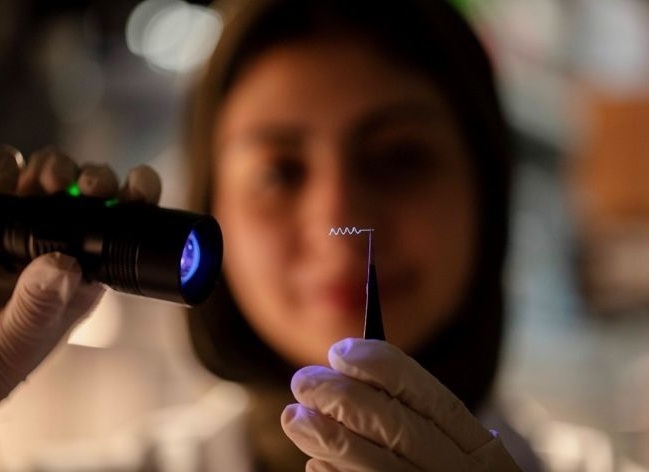Reusable Product Could Help Women in Developing Countries
|
By HospiMedica International staff writers Posted on 10 Aug 2017 |

Image: Uganda hosted the first African regional conference on menstrual hygiene management (Photo courtesy of James Kiyimba).
A novel sanitary pad made from quick drying, recyclable, and reusable material is intended for women in the third world.
Under development at the University of Borås (Sweden) and the Swedish School of Textiles (Borås, Sweden), the SpacerPAD is designed to contain menstrual blood, unlike common disposable sanitary pads, in which the material inside the pad absorbs the menses. The pad is rinsed out once a day and dries quickly for reuse. Once the woman’s period has ended, SpacerPAD can be boiled to thoroughly clean it. An important development pre-condition was that SpacerPAD could be manufactured locally, and without the need for advanced technology.
SpacerPAD is currently being tested at the Swedish School of Textiles by Lena Berglin, a docent in textile technology, with comprehensive tests focusing on leakage, washing, drying, and bacterial growth. The next step is to produce a primary prototype that can be tested by women in the field. The testing phase will include in-depth interviews looking at a number of parameters, including comfort and function.
“A lot of women use rags, leaves, ash, or even cow dung to absorb the blood. What is more, in many cultures menstruation is considered something dirty and is thus taboo, meaning that women cannot use other types of washable feminine hygiene products because they cannot hang them up to dry,” said Karin Högberg, PhD, a researcher in caring science at the University of Borås. “The name SpacerPAD tells you something about the design – we’re talking space-age here. However, we can’t say too much about the actual structure of the textile because of a patent application.”
“It is a human right to have access to adequate menstrual hygiene. If you don’t, it leads to a complex situation potentially resulting in ill health,” concluded Dr. Högberg. “In physical terms, there is the obvious risk of infection, but there are also social consequences because of the humiliation and stigma associated with the subject. Many women find their freedom of movement restricted and are stuck at home during their periods if they are unable to conceal them.”
Menstruation is a normal biological process and a key sign of reproductive health, yet in many cultures it is treated as something negative and shameful. Continued silence around menstruation combined with limited access to information results in millions of women and girls having very little knowledge about menstruation and how to deal with it. Menstruating girls and women often feel ashamed, embarrassed, and face long-standing social stigmas. As a result, they miss school and productive workdays and fall behind their male counterparts.
Related Links:
University of Borås
Swedish School of Textiles
Under development at the University of Borås (Sweden) and the Swedish School of Textiles (Borås, Sweden), the SpacerPAD is designed to contain menstrual blood, unlike common disposable sanitary pads, in which the material inside the pad absorbs the menses. The pad is rinsed out once a day and dries quickly for reuse. Once the woman’s period has ended, SpacerPAD can be boiled to thoroughly clean it. An important development pre-condition was that SpacerPAD could be manufactured locally, and without the need for advanced technology.
SpacerPAD is currently being tested at the Swedish School of Textiles by Lena Berglin, a docent in textile technology, with comprehensive tests focusing on leakage, washing, drying, and bacterial growth. The next step is to produce a primary prototype that can be tested by women in the field. The testing phase will include in-depth interviews looking at a number of parameters, including comfort and function.
“A lot of women use rags, leaves, ash, or even cow dung to absorb the blood. What is more, in many cultures menstruation is considered something dirty and is thus taboo, meaning that women cannot use other types of washable feminine hygiene products because they cannot hang them up to dry,” said Karin Högberg, PhD, a researcher in caring science at the University of Borås. “The name SpacerPAD tells you something about the design – we’re talking space-age here. However, we can’t say too much about the actual structure of the textile because of a patent application.”
“It is a human right to have access to adequate menstrual hygiene. If you don’t, it leads to a complex situation potentially resulting in ill health,” concluded Dr. Högberg. “In physical terms, there is the obvious risk of infection, but there are also social consequences because of the humiliation and stigma associated with the subject. Many women find their freedom of movement restricted and are stuck at home during their periods if they are unable to conceal them.”
Menstruation is a normal biological process and a key sign of reproductive health, yet in many cultures it is treated as something negative and shameful. Continued silence around menstruation combined with limited access to information results in millions of women and girls having very little knowledge about menstruation and how to deal with it. Menstruating girls and women often feel ashamed, embarrassed, and face long-standing social stigmas. As a result, they miss school and productive workdays and fall behind their male counterparts.
Related Links:
University of Borås
Swedish School of Textiles
Latest Patient Care News
- Revolutionary Automatic IV-Line Flushing Device to Enhance Infusion Care
- VR Training Tool Combats Contamination of Portable Medical Equipment
- Portable Biosensor Platform to Reduce Hospital-Acquired Infections
- First-Of-Its-Kind Portable Germicidal Light Technology Disinfects High-Touch Clinical Surfaces in Seconds
- Surgical Capacity Optimization Solution Helps Hospitals Boost OR Utilization

- Game-Changing Innovation in Surgical Instrument Sterilization Significantly Improves OR Throughput
- Next Gen ICU Bed to Help Address Complex Critical Care Needs
- Groundbreaking AI-Powered UV-C Disinfection Technology Redefines Infection Control Landscape
- Clean Hospitals Can Reduce Antibiotic Resistance, Save Lives
- Smart Hospital Beds Improve Accuracy of Medical Diagnosis
- New Fast Endoscope Drying System Improves Productivity and Traceability
- World’s First Automated Endoscope Cleaner Fights Antimicrobial Resistance
- Portable High-Capacity Digital Stretcher Scales Provide Precision Weighing for Patients in ER
- Portable Clinical Scale with Remote Indicator Allows for Flexible Patient Weighing Use
- Innovative and Highly Customizable Medical Carts Offer Unlimited Configuration Possibilities
- Biomolecular Wound Healing Film Adheres to Sensitive Tissue and Releases Active Ingredients
Channels
Critical Care
view channel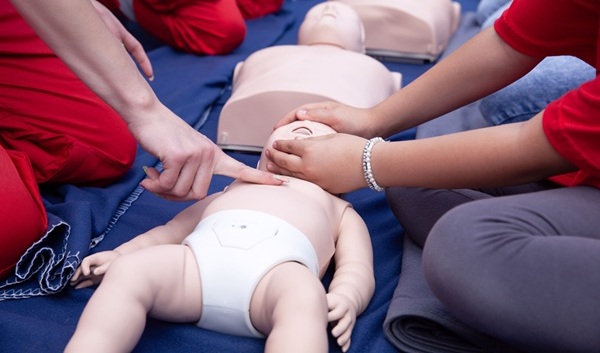
CPR Guidelines Updated for Pediatric and Neonatal Emergency Care and Resuscitation
Cardiac arrest in infants and children remains a leading cause of pediatric emergencies, with more than 7,000 out-of-hospital and 20,000 in-hospital cardiac arrests occurring annually in the United States.... Read more
Ingestible Capsule Monitors Intestinal Inflammation
Acute mesenteric ischemia—a life-threatening condition caused by blocked blood flow to the intestines—remains difficult to diagnose early because its symptoms often mimic common digestive problems.... Read more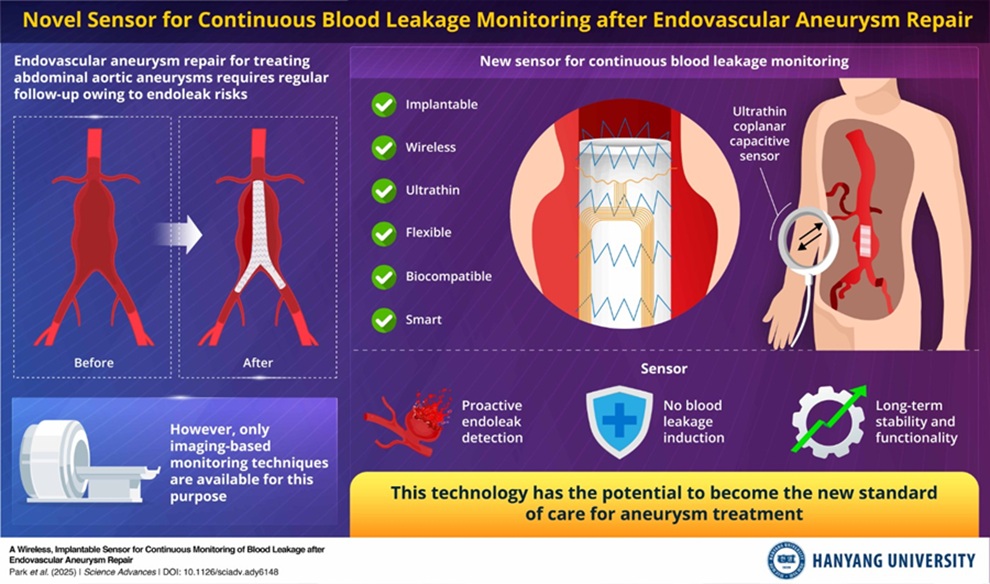
Wireless Implantable Sensor Enables Continuous Endoleak Monitoring
Endovascular aneurysm repair (EVAR) is a life-saving, minimally invasive treatment for abdominal aortic aneurysms—balloon-like bulges in the aorta that can rupture with fatal consequences.... Read more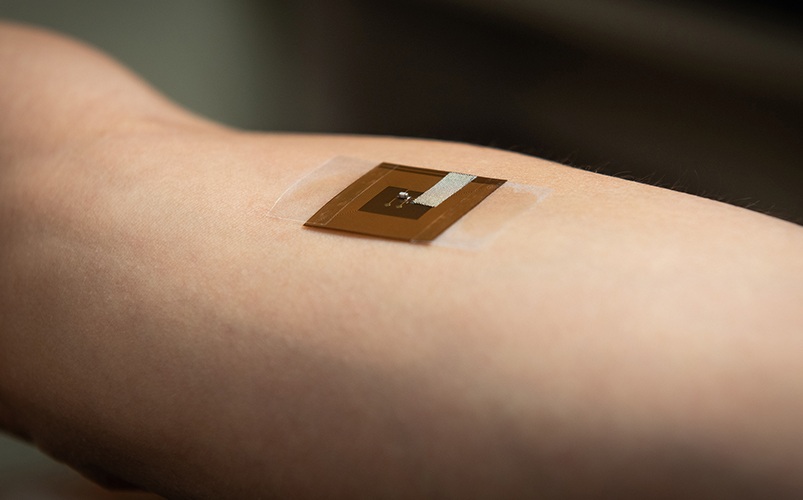
Wearable Patch for Early Skin Cancer Detection to Reduce Unnecessary Biopsies
Skin cancer remains one of the most dangerous and common cancers worldwide, with early detection crucial for improving survival rates. Traditional diagnostic methods—visual inspections, imaging, and biopsies—can... Read moreSurgical Techniques
view channel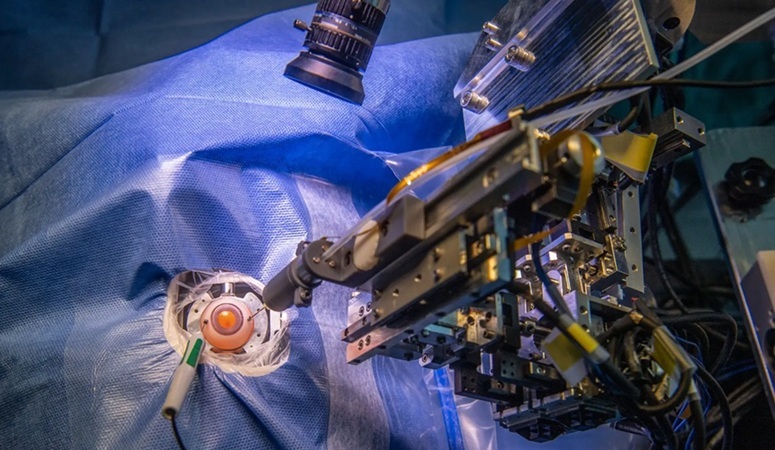
Robotic Assistant Delivers Ultra-Precision Injections with Rapid Setup Times
Age-related macular degeneration (AMD) is a leading cause of blindness worldwide, affecting nearly 200 million people, a figure expected to rise to 280 million by 2040. Current treatment involves doctors... Read more
Minimally Invasive Endoscopic Surgery Improves Severe Stroke Outcomes
Intracerebral hemorrhage, a type of stroke caused by bleeding deep within the brain, remains one of the most challenging neurological emergencies to treat. Accounting for about 15% of all strokes, it carries... Read moreHealth IT
view channel
Printable Molecule-Selective Nanoparticles Enable Mass Production of Wearable Biosensors
The future of medicine is likely to focus on the personalization of healthcare—understanding exactly what an individual requires and delivering the appropriate combination of nutrients, metabolites, and... Read moreBusiness
view channel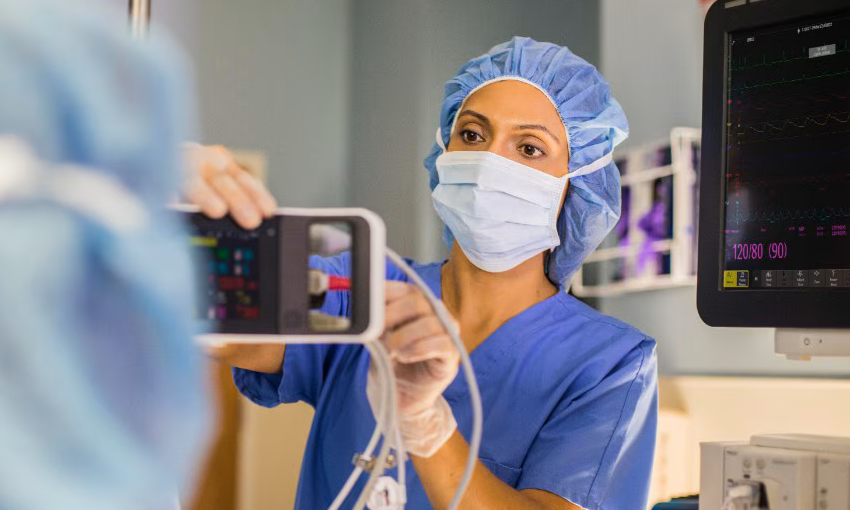
Philips and Masimo Partner to Advance Patient Monitoring Measurement Technologies
Royal Philips (Amsterdam, Netherlands) and Masimo (Irvine, California, USA) have renewed their multi-year strategic collaboration, combining Philips’ expertise in patient monitoring with Masimo’s noninvasive... Read more
B. Braun Acquires Digital Microsurgery Company True Digital Surgery
The high-end microsurgery market in neurosurgery, spine, and ENT is undergoing a significant transformation. Traditional analog microscopes are giving way to digital exoscopes, which provide improved visualization,... Read more
CMEF 2025 to Promote Holistic and High-Quality Development of Medical and Health Industry
The 92nd China International Medical Equipment Fair (CMEF 2025) Autumn Exhibition is scheduled to be held from September 26 to 29 at the China Import and Export Fair Complex (Canton Fair Complex) in Guangzhou.... Read more












